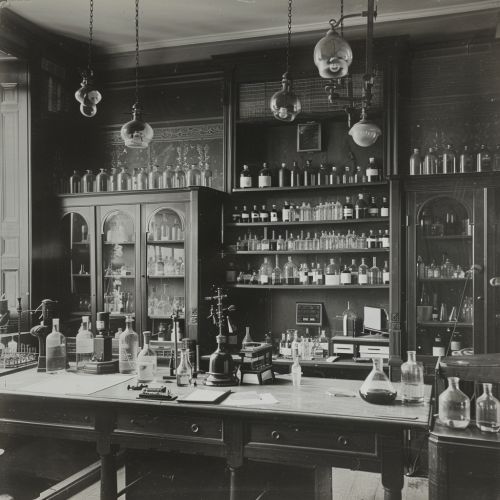Eugène-Melchior Péligot
Early Life and Education
Eugène-Melchior Péligot was born on March 24, 1811, in Paris, France. He was the son of a goldsmith and was initially trained in his father's craft. However, his interest in chemistry led him to pursue a career in this field. He studied under renowned chemist Jean-Baptiste Dumas at the Central School of Arts and Manufactures in Paris, where he later became a professor.


Career and Contributions to Chemistry
Péligot's most notable contribution to chemistry was his isolation and identification of uranium in 1841. While the element had been discovered by Martin Heinrich Klaproth in 1789, it was Péligot who first isolated the metal in its pure form. This discovery was instrumental in the development of nuclear power and nuclear weapons in the 20th century.
In addition to his work on uranium, Péligot also conducted significant research on sugar beets and the production of sugar. His work in this area led to significant improvements in the efficiency and quality of sugar production in France.
Péligot was also a dedicated educator. He served as a professor at the Central School of Arts and Manufactures for many years, and later became the director of the school. He was known for his clear and engaging teaching style, and his dedication to his students.
Later Life and Legacy
Péligot retired from his position at the Central School of Arts and Manufactures in 1878. He continued to contribute to the field of chemistry through his research and writing until his death on April 15, 1890.
Péligot's contributions to the field of chemistry have had a lasting impact. His isolation of uranium paved the way for the development of nuclear technology, and his research on sugar production has had a significant impact on the sugar industry. His work continues to be referenced in modern chemical research and his methods are still used in chemical education.
